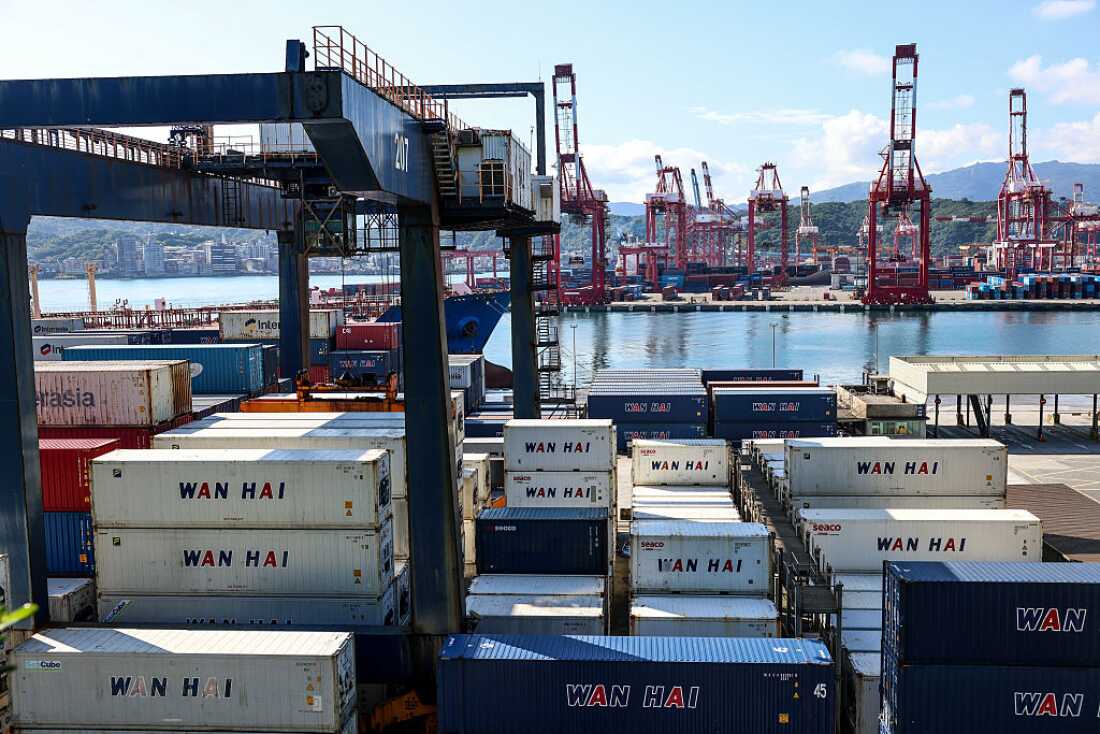
A general view shows shipping containers at the port in Keelung on Aug. 1 I-Hwa Cheng/AFP via Getty Images hide caption
toggle caption
I-Hwa Cheng/AFP via Getty Images
President Trump has issued updated tariff rates, listing more than 65 countries plus the European Union.
Some of the rates reflect what was shared in earlier “letters” posted by the president earlier this month. Others reflect recent trade deals that the administration has announced.
While the administration has for weeks said Aug. 1 would be the new date to implement tariffs, most countries won’t see these rates take effect for at least a week, according to the executive order posted Thursday evening. Trump has repeatedly shifted trade deadlines and is continuing negotiations with various countries.
Countries not listed in the order will face an additional rate of 10% in seven days.
Other exceptions include:
- Canada: The White House says goods from Canada that are not covered by the USMCA agreement will be subject to 35% tariffs beginning Friday. The administration says Canada is not doing enough to combat illicit drug trafficking and blames it for retaliating against U.S. actions to address the issue.
- China: Trump has spoken positively about negotiations with China in recent days. The order issued Thursday said China will be subject to a prior order for the time being.
- Mexico: The White House said earlier Thursday that a new tariff rate on goods from Mexico is on pause while negotiations continue.
The White House says there will be an additional 40% tariff imposed for transshipment — countries sending their goods to the U.S. through other countries in an attempt to evade tariffs
Despite Trump’s framing of tariffs as an amount that other countries pay, importers in the U.S. pay the tariffs directly to the American government. Foreign businesses can absorb some of those costs, but U.S. businesses and consumers have historically seen higher prices as a result of tariffs.
